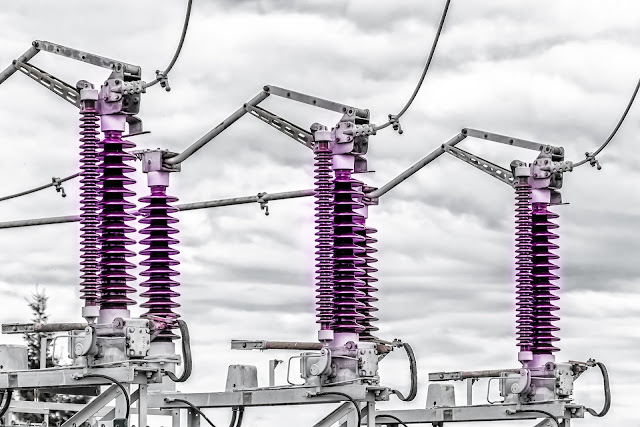“How electric generator ” If you are Learn or study the science then you heard this topic a lot. So you must have come to the question that what is the electric generator? And How do electric generator work?
Introduction of artist:
Hii friends ✋, if you Search "How electric generator " , How electric generator work? Then this article is very useful for you. You must read this article.
1) In this article you learn How do electric generator work ? But Before start it, you must know the structure or construction of electric generator.
2) I was given all information in detail in step by step.
3) Next you learn, Construction and working of electric generator in point Voice.
Before you star reading , you must know how electric generator produce electricity. Which finomina work for it.
Electric generator (AC)
Now you learn how electric generator produce AC (alternative current).
A generator which convert mechanical energy into electrical energy in the form of alternative current is called
A. C generator.
Now we go to study constitution and work of generator.
How do electric generator work
Construction : The main components of AC generator are
- Rectangular coil : A large number of turns off of insulated copper wire would on iron core in rectangular shape forms a coil ABCD as show in figure
- Strong magnets: The coil is placed in between two pole pieces (N and S) of a strong magnet. This provides a strong magnetic field.
4. Brushes: Two carbon brushes B, and B2 are used to press the rings.
5. Axle: The two rings have resistive coating in their inner surfaces and are tightly fitted on the axle and the function of the axle is to rotate with the coil.
Working :
Figure : electric generator (AC)
- When the arle is rotated with the help of amachine from outside, the coil ABCD starts rotating.
- On rotating the axle, the branch AB move upwards and branch CD move downwards hence coil ABCD rotates clockwise.
- According to Fleming's right hand rule, electric current flows in the direction A - B -C -D. Therefore, current flows from B, to By in the extenal circuit through galvanometer.
- After half rotation, the branch AB and CD exchange their position and the Induced current flows as D-C - B -A.
- Since, branch BA is in contact with brush B1 and branch DC is in contact with B2 current flow from B1 to B2 in the extenal circuit i. e. . in the direction opposite to the previous half rotation.
- This repeats after every half rotation and in this way, alternate current is produced using AC generator.
Now we study the construction and working of electric DC generator.
Electric DC generator :
A generator which converts mechanical energy into electrical energy in the form of direct current is called as D. C. generator.
Construction: The main components of D. C. generator are:
1. Rectangular coil (ABCD): It consists of a large number of turns of insulated copper wire wound on an iron core in rectangular shape.
2. Strong magnets: The armature coil is placed between the two pole pieces (N and S) of a strong magnet that produces a strong magnetic field.
3. Split ring: It consists of two halves of a metallic ring to which the ends of the coil are connected.
4. Brushes : carbon brushes (B1 and B2) are used to press the rings.
5. Axle : The function of axle is to rotate with the coil.
Working :
- When the axle is rotated with the help of a machine from outside, the coil ABCD starts rotating.
- On rotating the axle, the branch AB move upwards and branch CD move downwards and coil ABCD rotates clockwise.
- According to Fleming's right hand rule, electric current flows in the direction A - B-C -D. Therefore, current flows in the external circuit through galvanometer.
- After half rotation, the branch AB and CD exchange their position and the induced current flows as D → C → B- A.
- Since, branch BA is always in contact with brush B1 and branch DC is always in contact with brush B2, current flows in the same direction in the external circuit, thereby producing direct current.
I hope this article is very useful for you. Thank you for reading this article. If this article is useful then 🙏🙏please share this article on your own social media and friends.
Some related post :
1. Electromagnetic waves
2. Electromagnetic radiation
3. How electric generator
4. What is dew point
Some related post :
1. Electromagnetic waves
2. Electromagnetic radiation
3. How electric generator
4. What is dew point






Post a Comment